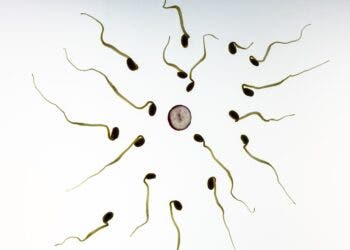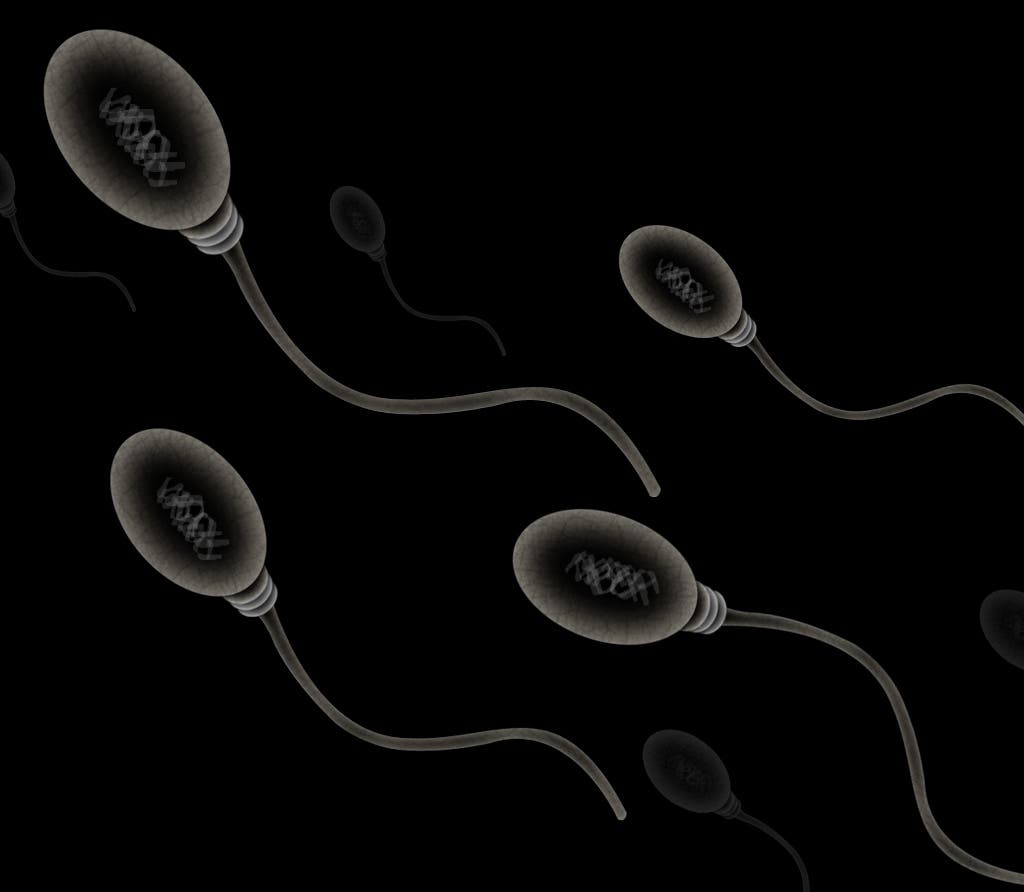Air pollution doesn’t just kill millions prematurely every year, especially in developing countries, it also affects the human sex ratio at birth and cause birth defects. Now, a new study in China has found yet another problem, finding that chemicals or particles in the air may also target sperm quality — specifically sperm motility, the ability of sperm to move in the right direction.

Infertility is a big public health problem, affecting about 10% of all couples at reproductive age. Pure male factors, especially poor semen quality, account for 50% of all infertility cases, according to the World Health Organization. Evidence has also suggested recently a downward trend in semen quality, with a decline in sperm motility, and the causes are not entirely clear.
Genetic background plays a big part in poor semen quality, but the marked decline in sperm quality in recent years suggests there’s something else going on, and here’s where environmental factors enter. Studies have reported a link between particulate matter (PM) and semen quality, but so far, the connection has been rather inconsistent.
An international literature review published last year said there’s enough reason to believe that air pollution is affecting fertility in general. Fossil fuels have been found in people’s urine, semen, blood, and breast milk. Many of these pollutants are endocrine disruptors, altering the body’s hormonal systems.
In a new study, researchers from Tongji University in Shanghai explored the data records of almost 34,000 men, aged 34 on average, from 340 Chinese cities, all exposed to a varying degree of air pollution. Their wives got pregnant by using reproductive technology with their sperm between January 2013 and December 2019.
Pollution and sperm
With the data collected, the researchers looked for patterns in semen quality in relation to whether the participants had been exposed to amounts of PM smaller in diameter than 2.5 micrometers, between 2.5 and 10 micrometers and over 10 micrometers. This was done several moments before the patient’s visit to the hospital.
The researchers focused on sperm count, concentration and sperm motility. While they couldn’t find a direct link between air pollution and the first two factors, they did find that the more a patient was exposed to small PM, the lower the sperm total and progressive motility was. Progressive motility is the ability to swim forward and total motility is the ability to swim in general.
Specifically, there was an estimated 3.6% drop of sperm motility when exposed to PM smaller than 2.5 micrometers and a 2.4% decline when exposed to PM of 10 micrometers, the study showed. This means that different sizes of PM could have different effects on semen quality. The smaller the PM, the more likely it is to travel to the human lungs and potentially affect sperm quality.
The study showed that the effects of air pollution on sperm quality are more significant when the exposure occurs in the first part of the 90 days of sperm creation, known as spermatogenesis, instead of the other two phases. This could indicate that PM affects sperm on a genetic level. However, it’s all speculation at this point and further research will be needed to confirm this hypothesis.
“Poor sperm motility has raised global concern as a major cause of male infertility. Our findings add evidence that PM exposure during sperm motility development may contribute to reduced sperm motility. Although the estimated decrease in sperm motility was relatively small, it still resulted in significantly increased odds of asthenozoospermia (the medical term for reduced sperm motility),” the researchers wrote.
The study was published in the journal JAMA.






